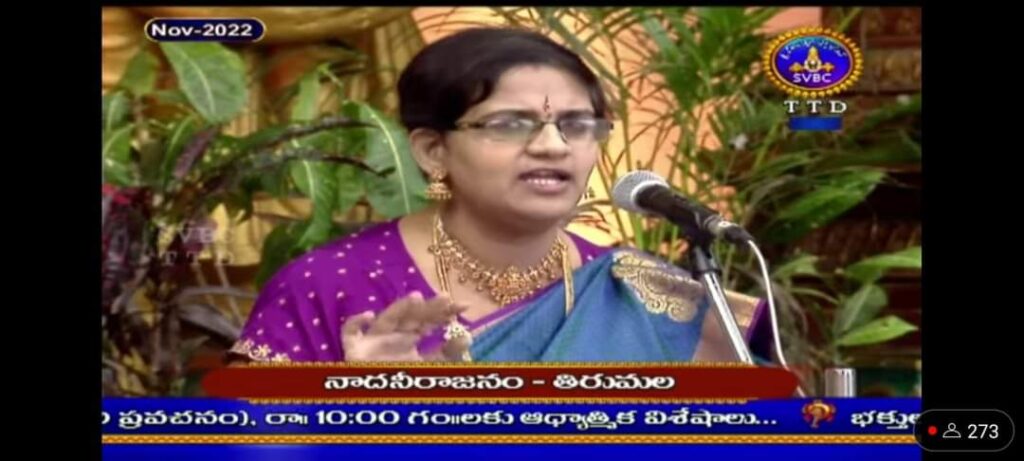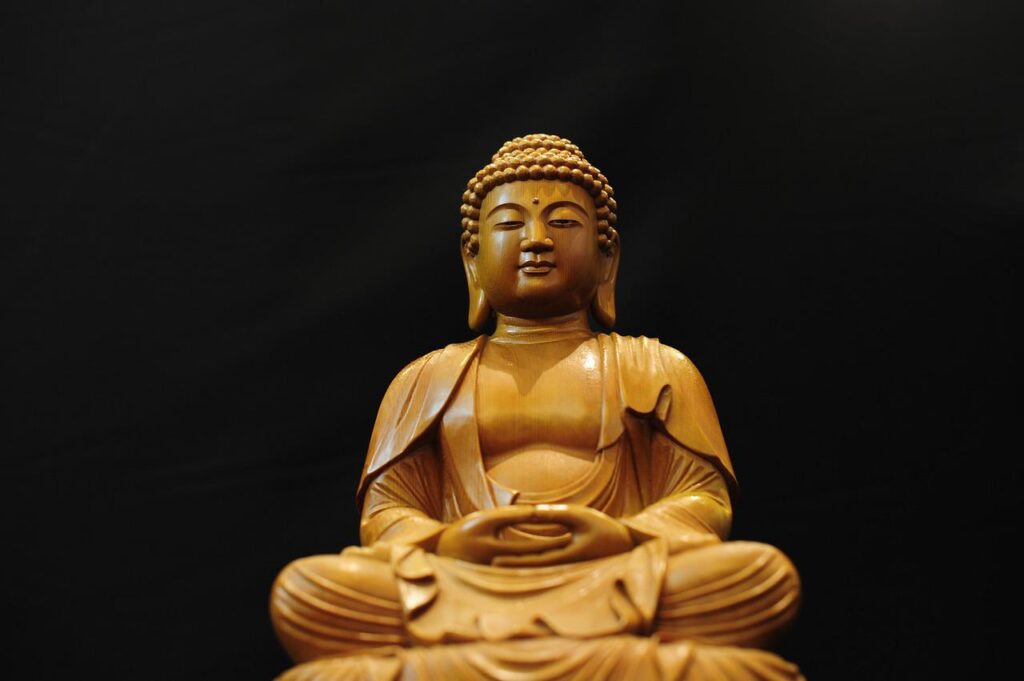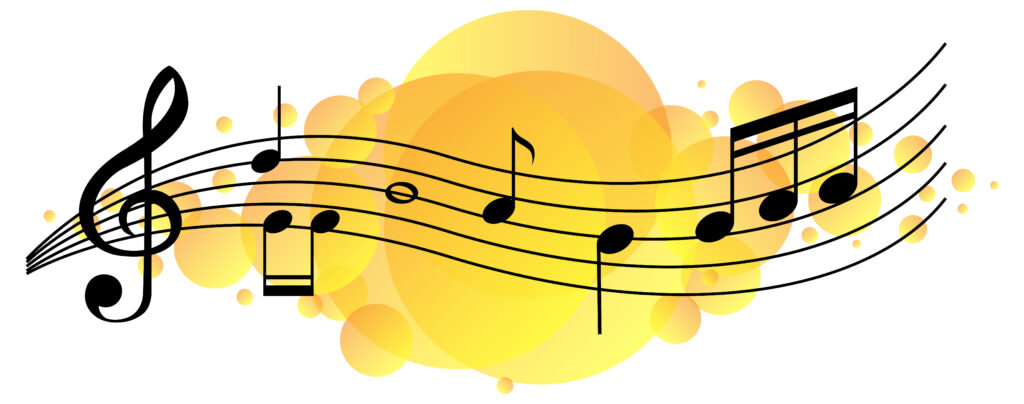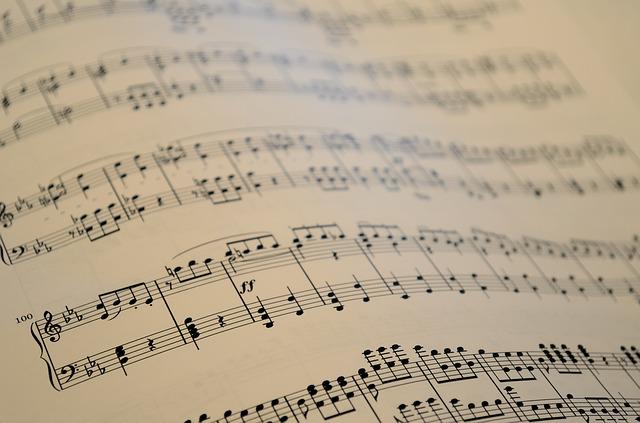Music for Life
Music molds mood, and when paired with meditation, it becomes a potent tool on Earth, just like an armor (Kavacham) in the battle of life. It aids us in navigating the field of society and interpersonal dealings with grace, ensuring that we do not harm or hurt others, but instead, allowing us to flow smoothly and safely, fostering happiness all around.
The combination of music and meditation has the power to transform our surrounding environment, creating a pleasant and joyful atmosphere in our homes.
Music and Meditation:
We can utilize background music while meditating to help focus the mind and prevent it from being diverted by other thoughts. Music can be used effectively to evoke emotions in various situations during our daily activities, aiding in achieving healthy and smooth communication and enhancing focus and concentration in both adults and children.
In particular, music has a positive impact on children by helping to balance their psychological and social needs. They can benefit from activities such as writing song notations and listening to music, which improve self-expression and communication skills. Moreover, it enables them to identify their strengths and maintain a sense of self-confidence.

Strengthening the Mother-Child Bond:
Lullabies have a unique and powerful way of creating an effective bond between a mother and her child. The gentle melodies and soothing rhythms not only provide comfort and reassurance to the child but also allow the mother to express her love and care.
Music Therapy:
“Many healing benefits are associated with each Raga, as each one has a unique energy frequency that can heal a particular organ or body part. These healing effects extend not only to the physical body but also to the mind and soul, making it a holistic approach to healing. Numerous published articles substantiate the beneficial effects of Raga and music therapy, and many hospitals are already incorporating it into their treatment plans. Additionally, this therapy is not limited to humans; we can also observe animals experiencing a sense of peacefulness when exposed to specific Ragas, making it effective in healing them as well.”
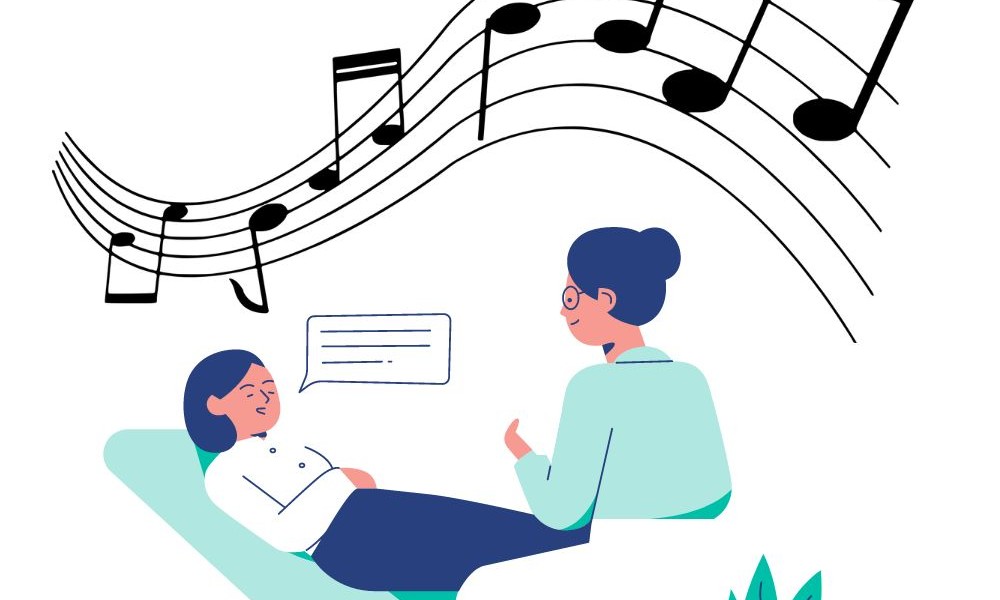
Melodies Mold Nature:
When music intertwines with nature, a remarkable symphony unfolds. Soulful melodies have the power to mold and influence the natural world around us. In the mystical realm of Amritavārshini Raga, the rain responds to the heartfelt tunes and soulful music.
A Path to Experience Divine:
The main way through which devotees primarily communicate with the Divine (such as Annamaiah and Thyagaraja, the music masters) is by utilizing music, as it creates a deep bond between the devotee and the Divine, leading to an experience of Divine love.


